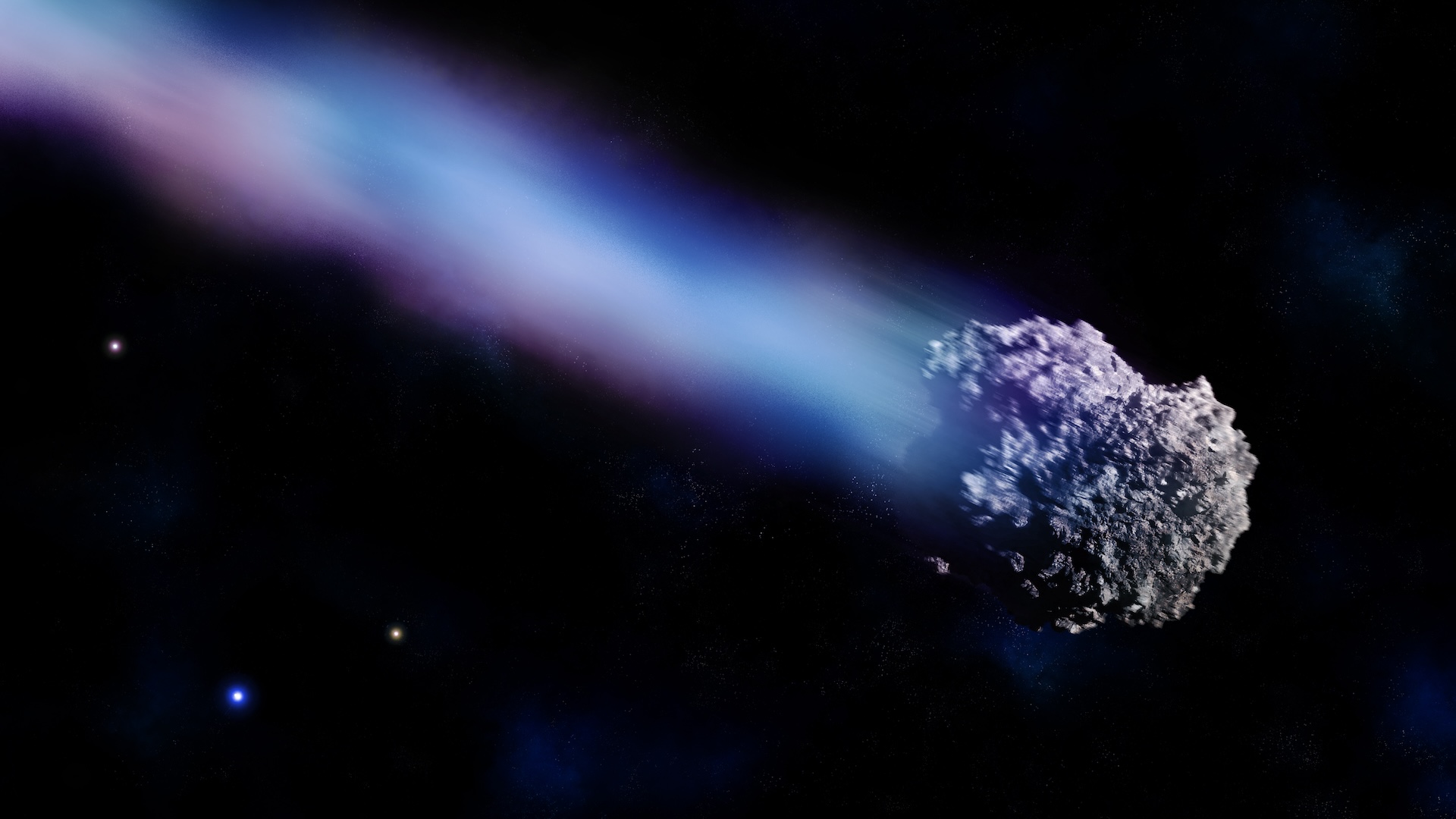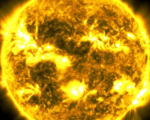Meteoroid Trails Offer Early Warning for Hazardous Comets
New research suggests that meteoroid trails, which are left behind by long-period comets, could become a valuable tool in predicting the path of potentially hazardous comets years in advance. These rare comets, which take hundreds or even thousands of years to complete their orbits, often remain undetected until they approach Earth, leaving little time for preparation in case of a collision. The new findings offer hope that scientists could track these distant comets much earlier by observing the streams of meteoroids they leave behind.
Using Meteor Showers to Track Long-Period Comets
Published in The Planetary Science Journal, the study shows that long-period comets (LPCs), which appear in our solar system only once every few centuries or millennia, may be tracked through meteor showers. These showers, formed by debris from the comets as they pass through the solar system, could provide critical data about their parent comets’ trajectories. Some of these comets could pose a significant danger if their orbits bring them too close to Earth, releasing devastating amounts of energy in the event of an impact—equivalent to hundreds of thousands of megatons of TNT.
Meteoroid Streams and Comet Orbits
One of the key insights from the study is the idea that meteoroid streams from long-period comets are less affected by the gravitational forces of nearby planets. This makes them more predictable and allows scientists to determine the orbits of their parent comets with greater accuracy. Samantha Hemmelgarn, a graduate student at Northern Arizona University and lead author of the study, emphasized that this ability to track comet paths years before their potential approach could be critical in mitigating any possible impact risks.
Advancements in Early Detection Technology
The ability to predict the orbits of these infrequent visitors to our solar system could lead to major advancements in planetary defense efforts. By identifying potentially hazardous comets earlier, scientists would have more time to develop strategies for preventing or minimizing the effects of a collision. This research opens up new possibilities for understanding and preparing for the risks posed by long-period comets, contributing to ongoing efforts to safeguard Earth from space-related threats.















